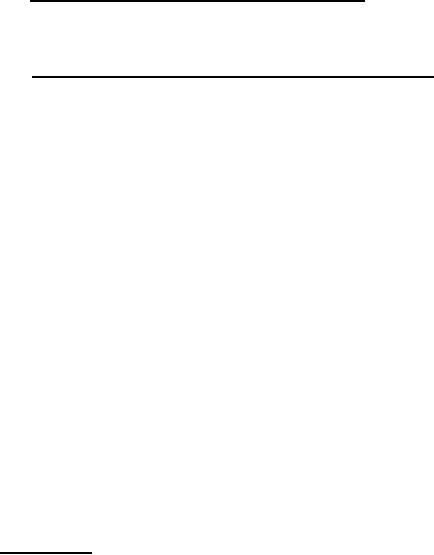 |
|||
|
Page Title:
Validation of engine dimensional clearances |
|
||
| ||||||||||
|
|  MIL-E-23457B(SHIPS)
(b) Demonstrate by actual performance all instructions and procedures in the
manual on the equipment supplied except for the following:
(1) Destructive testing or destructive disassembly is not required.
(2) Boring, grinding, or other shaping repair procedures need not be
actually executed.
(3) Checking for accessibility may be determined by measurement, observa-
tion, and reference to drawings.
3.13.2.1 A validation page shall be included in each manual supplied, inserted
#
immediately after the title page, including the following information:
Supplier's full identification (if other than prime, full identification of
(a)
both must be indicated) .
(b)
Contract number(s).
(c)
Chapters and sections validated and the date each was accomplished.
(d)
Chapters and sections not validated.
(e)
Name, signature, and authority of validating officer.
3.13.2.2 Validation of engine dimensional clearances. The supplier shall be respon-
#
sible for validating the external systems (i.e. starting, cooling water, fuel, lubricating
oil, air intake, exhaust, drive systems, and mechanical or electrical accessories) of each
engine and provide minimum and desirable dimensional clearance requirement data to facil-
itate access to various parts of each when adjustments and repair are needed.
#
3.13.2.3 Validation of special tools dimensional clearances. The supplier shall
validate the correct operation of all special tools associated with each engine and provide
minimum and desirable dimensional clearance data required for each special tool to optimize
accessibility in performing the necessary maintenance and repair functions.
3.14 Repair parts. Repair parts shall be furnished in accordance with MIL-P-15137
#
(see 6.4).
3.14.1 The engine manufacturer shall determine and base his recommendations as to the
#
repair parts, gaskets, and all other consumables except fuel and lubricants, which would be
required to support each engine unit with all its components and equipment for a period of
90 days. This recommendation shall assume that operation during the 90 days is at a constant
80 percent load, 100 percent speed condition, and the materials list shall include not only
the items to be replaced because of wear or breakage, but also all items such as gaskets,
filters, etc., which are consumed in the course of the examination adjustments, and mainten-
ance operations he recommends for the proper care of the equipment.
3.14.2 In addition to the requirements of 3.14.1, the supplier shall list the insurance
#
-
items which he recommends to be carried onboard ship which would in his opinion, provide an
optimum "get home" capability during the above same 90 day operation (mission) .
3.14.2.1 Subject to the requirements of 3.14.1 and 3.14.2, the following criteria shall
#
be used in determining recommended onboard repair parts and related consumables:
Demand based items (items having a predicted usage of at least one unit in
(a)
90 days for all installations onboard a ship).
(1) Provide an effectiveness (filling of demands onboard) of 90 percent for
a period of 90 days.
(2) Be predicated on combat consumption rates wherever such rates can be
ascertained.
(b) Insurance items (items which do not have a predicted usage onboard ship of at
least one in 90 days).
(1) Only those insurance items essential to end item performance and vital
to the support of the primary mission of a ship or unit or vital to the
safety and welfare of personnel onboard ship shall be provided.
(2) Insurance items shall be included in minimum depth (either unity or
minimum replacement unit to meet potential 90 day combat requirements) .
3.15 Workmanship. Castings shall have a workmanlike finish and shall be free from
sand, shrinks, cold shuts, cracks, harmful porosity, and other defects which make the
castings unsuitable for the intended purpose. Runners, risers, fins, and other cast-on
pieces shall be removed. Sharp edges on projections shall be removed from stamping or
forgings in the finished part. Machined surfaces shall have sharp edges broken or chamfered.
Weld shall be free of weld spatter or slag. Forgings shall be free from seams, cracks,
scale, fins, porosity, hard spots or excessive inclusions, segregations, or other defects.
21
|
|
Privacy Statement - Press Release - Copyright Information. - Contact Us |